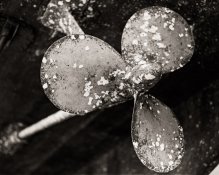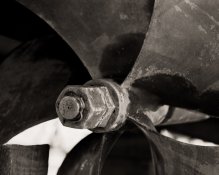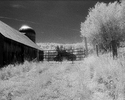The weird thing that I'm finding is that I'm getting significantly more over exposures than under. They're only overexposed by a half a stop up to maybe a full stop, but they're still coming out much brighter than stuff in the past. I used to consistently get half a stop to a full stop under using TTL meters. Since I've started using this Sekonic hand held meter, and controlling things myself it's gone completely opposite of what I'm use to. It's definitely a learning curve.
Over exposures only look bad on contact prints. I don't know about scanning but with analog printing, this greater exposure leads to better prints for me. So keep at it. You can set the meter on your TTL cameras at 2/3 stop over exposure and walk about in auto. (Or set film to the rated speed and compensation dial to +2/3). I often do that, and then when the sun goes down I know I can easily set compensation dial back to zero (or even -2/3 if I can risk a slight underexposure and am looking for record shots).
There are some subtle effects that make a final print look better in comparison to one with greater exposure, when you expose so perfectly that the shadows land softly on the toe. Ralph Lambrecht has an example pair showing a stairwell and bench by a bright window, the wood trim and surface of the bench look more 'real' in the shot where he used the toe. It looks more like somewhere you can sit, so it enhances the simulation of reality. Since that's the print judgement criterion, the toe is where the best shadow exposures lie. A good reason to work with a long toe film, and a fair criticism of the short toe TMAX films.
To anyone who wants to plan their photography to take advantage of that, I will offer encouragement.









